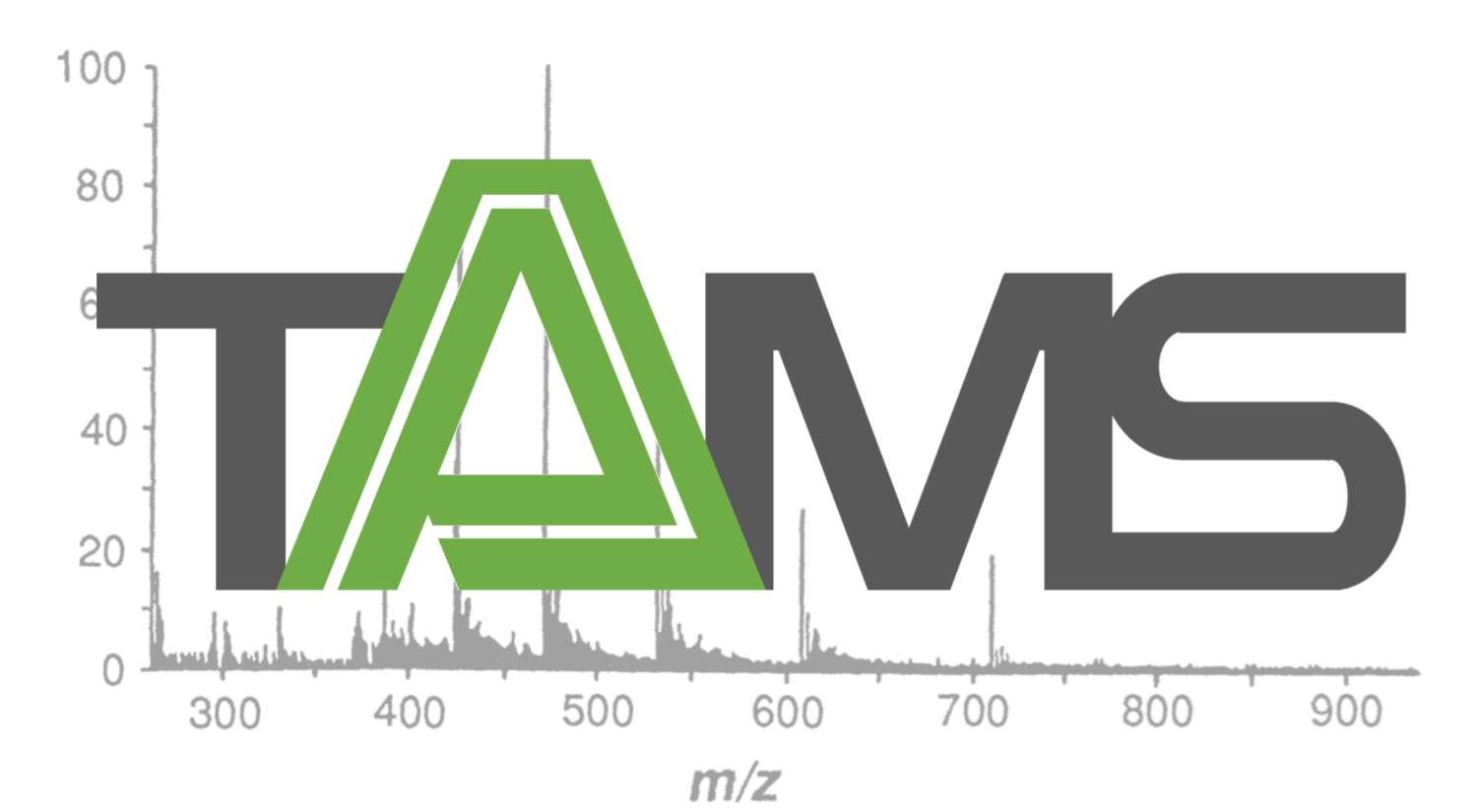Plenary Lecture:
“Lipid Structure Elucidation by Mass Spectrometry: New Developments from an Ozonation”
Professor Stephen Blanksby, Queensland University of Technology, Institute for Future Environments
Advances in mass spectrometry have been a significant driver in the emerging field of lipidomics. Improvements in speed, sensitivity and mass accuracy of modern instrumentation, although largely developed for other fields (e.g., proteomics and metabolomics), have improved our ability to detect lipids at very low concentrations within complex extracts. Peculiar challenges arise however, in the structural characterization of lipids that are not directly addressed by generic performance enhancements in contemporary instrumentation. In particular, the differentiation of isomeric lipids including, double bond-positional isomers, sn-positional isomers and stereoisomers (e.g., cis and trans double bonds). To address this critical capability gap, our group has developed suite of bespoke mass spectrometric capabilities to enable detailed structure elucidation of lipids in complex matrices. In this presentation advances in the development of ozone-induced dissociation for elucidating sites of unsaturation and photo-dissociation for identification of methyl-branched fatty acids will be discussed. Examples where these technologies have been deployed to explore the lipidome across cell-lines, plasma and tissues will be showcased; highlighting a hitherto unrealized lipid diversity. Detailed molecular-level description of the lipids, afforded by these technologies, have facilitated mapping onto biosynthetic and remodeling pathways and has the potential to provide facile discrimination between healthy and disease states.
Student Lecture:
“Chemical Denaturation and Protein Precipitation Approach for Discovery and Quantitation of Protein-Drug Interactions”
He Meng, Laboratory of Professor Mike Fitzgerald, Duke University, Department of Chemistry
Background: Recently, several protein–ligand binding detection strategies based on the proteome-wide analysis of protein folding and stability changes have been developed. These techniques include drug affinity responsive target stability (DARTS), stability of proteins from rates of oxidation (SPROX), pulse proteolysis, and thermal protein profiling (TPP).The use of chemical denaturant in SPROX and pulse proteolysis techniques is attractive because it enables the evaluation of thermodynamic stability measurements (e.g. protein-ligand dissociation constant Kd). However, one drawback to the SPROX and pulse proteolysis techniques is that the proteomic coverage obtained using these strategies can be limited due to demands imposed by the proteomic workflows. The TPP approach has the advantage that the proteomics readout does not require the detection of special peptides. Therefore, the proteomic coverage is more similar to that observed in conventional bottom-up proteomics experiments. However, a drawback to the TPP approach is that it is a “nonequilibrium” approach, as the thermal denaturation of many proteins is irreversible. Described here is an experimental approach, termed chemical denaturation and protein precipitation (CPP), for the large-scale detection and quantitation of protein–drug interactions. It utilizes chemical denaturant like SPROX but employs a protein precipitation strategy (analogous to that utilized in TPP) to separate folded and unfolded proteins in the chemical denaturant containing buffers. Use of a chemical denaturant enables a more rigorous thermodynamic measurement than the use of temperature. Use of the protein precipitation step also enables every peptide from a given protein that is identified and quantified in the proteomics readout to contribute information about the chemical denaturation behavior of the protein. This maximizes both data quality and the number of proteins in a sample that can effectively be assayed.
Methods: In all experiments, the (+) and (-) ligand-containing lysate samples were distributed into a series of guanidinium chloride (GdmCl) containing buffers (PBS pH 7.4). The solutions were equilibrated at room temperature before 25-fold of deionized water was added into each solution to initiate protein precipitation. The samples were then centrifuged to separate soluble and insoluble proteins. The proteins in the supernatant and pellet were subjected to filter aided sample preparation (FASP) protocol and labelled with TMT-10 plex. The samples were combined and analyzed by LC-MS/MS
Results: Using CPP approach, three model drugs (cyclosporin A, geldanamycin, and sinefungin) and one unknown drug (subglutinol A) have been studied. In each experiment, over 1000 proteins were able to be assayed which is significantly higher (~50%) than similar energetics-based technique (SPROX). Known protein targets for the three model drugs were successfully identified and the calculated dissociation constants (Kd) were in general agreement to reported Kd or IC50 values. For subglutinol A, deoxycytidine kinase (dCK) was identified as the only potential drug binding target. This protein-drug interaction was then validated by a western blot pulse proteolysis. The calculated Kd values (0.11 - 0.53 uM) from CPP were close to the reported IC50 (0.1 uM) of subglutinol A for cells.
